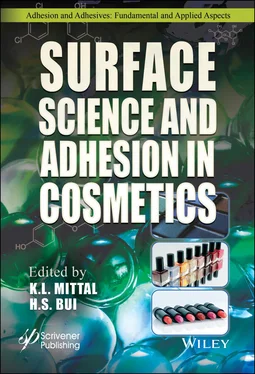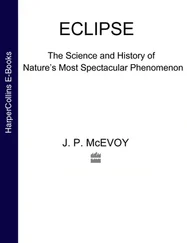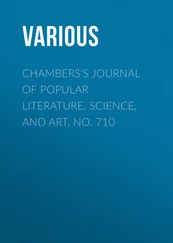
Figure 2.4 Lipstick sample preparation for SEM investigation.
(2.2) 
where ΔH c0and ΔH m0are the enthalpies of crystallization and melting for 100% PE wax, respectively and w is the weight fraction of the PE wax in the oil-wax system.
2.4.2.6 Morphology of Wax Structure by SEM
The morphology of the wax-oil systems was studied using a HITACHI Ultra-High Resolution Scanning Electron Microscope model S-4800 at an accelerating voltage of 5 kV.
For SEM sample preparation, the procedure for extracting oils out of the wax was followed as reported by Yoshida and coworkers [16] or by Miyazaki and Marangoni [19]. In our study, a part of lipstick was used and its oils were extracted using ethanol, acetone and tetrahydrofuran (THF). It was observed that THF was the best solvent for extracting the oils without damaging the samples for SEM experiment. The lipstick sample preparation is shown in Figure 2.4.
2.5 Results and Discussion
2.5.1 Factors Affecting Lipstick Structure: Oil Viscosity
The viscosities of selected cosmetic oils were measured at room temperature before blending them with PE wax. To verify the effect of oil viscosity on the hardness of an oil-wax system, the low and high viscosity hydrogenated polyisobutene (HPIB) oils from Table 2.6 were blended at various ratios for this study. Then simple lipsticks were prepared by dissolving PE wax at certain amount in individual oil or oil blend at high temperature. At a fixed amount of PE wax (15% by weight), the oil - wax lipstick hardness is observed to increase with increasing oil viscosity ( Figure 2.5).
Figures 2.6a-bshow the cooling and heating curves of the PE wax in oil-wax systems from DSC. During the cooling process, a bimodal crystallization peak is observed when PE wax is in a high viscosity oil, while a single broad peak appears when PE wax is in a low viscosity oil. The blending ratio of the low and high viscosity HPIB also affects the crystallization of PE wax, exhibiting a bimodal peak from the high viscosity oil portion ( Figure 2.6a). This indicates that there are 2 different populations of wax crystal sizes formed in high viscosity HPIB and in its blends. The bimodal peaks are also observed during wax melting in high viscosity HPIB and its blends ( Figure 2.6b). Furthermore, in the cooling process from the melt, the starting crystallization temperature T c,iof PE wax shows a strong dependence on the viscosity of the oil. T c,istarts at higher temperature for PE wax in high viscosity oil and at lower temperature for wax in lower oil viscosity. Similarly, the final or melting onset temperature of wax crystals T m,ffinishes at higher T mfor wax in high viscosity oil. There is a hysteresis between the initial crystallization and final melting temperatures of around 11 °C as observed in Figure 2.7, indicating crystal growth after annealing at low temperature.
The crystallization and melting enthalpies of 15% PE wax in various HPIB oil blend ratios were obtained from the areas under the crystallization and melting peaks in DSC. Increasing the viscosity of the oil blend increases the enthalpy of crystallization of the wax-oil system, hence the % relative crystallinity of PE wax (determined from equation (2.1)) increases ( Figure 2.8). The low relative crystallinity of PE wax in low viscosity HPIB might be from a portion of wax crystals dissolved in low viscosity oil. The relative crystallinity is higher in high viscosity HPIB. In the heating cycle, the melting peak temperature T mof wax-oil gels also shows a strong viscosity dependence as shown in Figure 2.9.
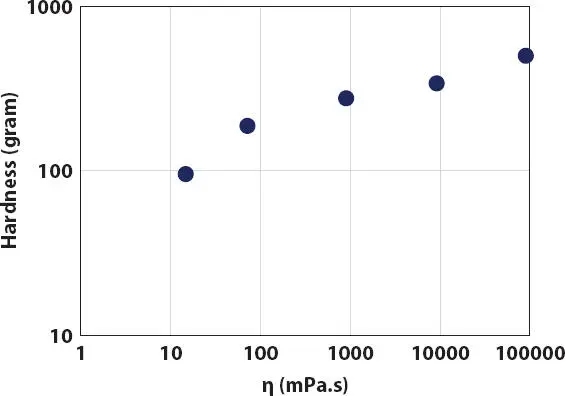
Figure 2.5 Hardness of lipstick structure (containing 15% PE wax) as a function of hydrogenated polyisobutene (HPIB) oil viscosity.
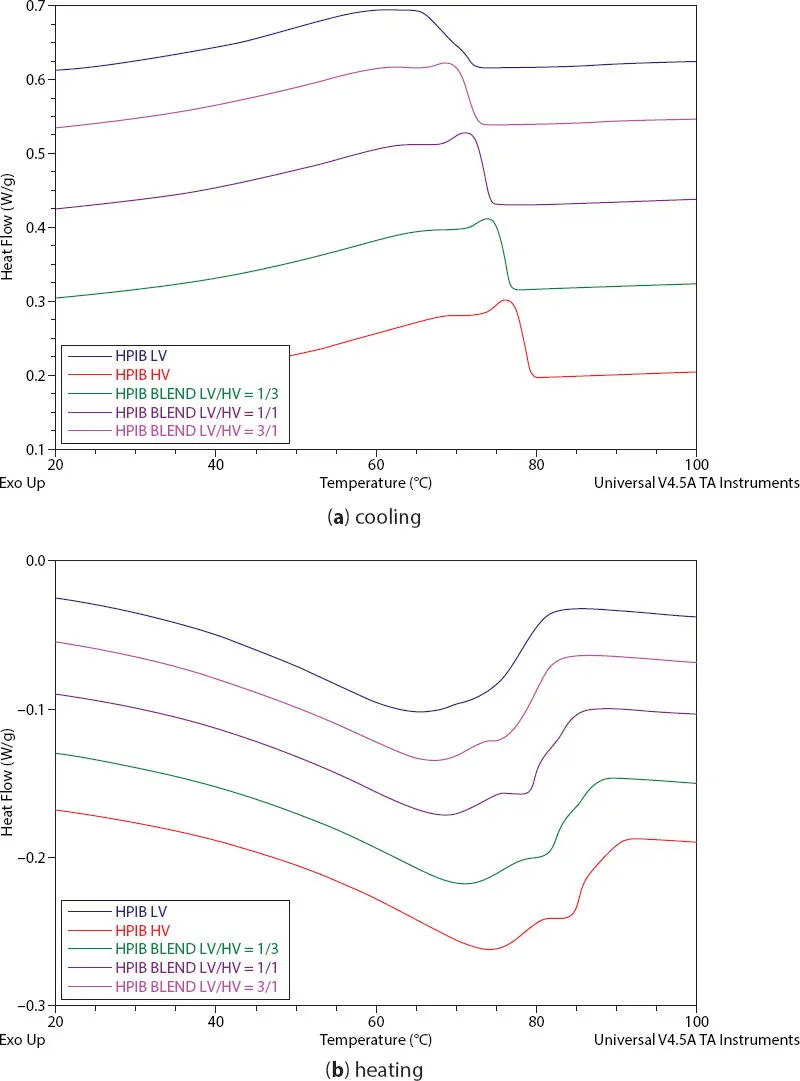
Figure 2.6 DSC thermograms of 15% PE wax in low viscosity (LV) HPIB and high viscosity (HV) HPIB and their blends during (a) cooling and (b) heating.
The % relative crystallinity X cof PE wax in the HPIB oil during melting was calculated from equation (2.2)using the melting enthalpy ΔH mobtained under melting peak and ΔH m0of pure PE (230.5 J/g). It is observed that the hardness of lipstick increases with an increase of relative crystallinity X c(from melting) ( Figure 2.10). However, two samples cand ewith lower relative crystallinity in the oil blend have higher hardness. This behavior might be due to the size and shape of wax crystals developed in the oil blends and influencing the hardness of lipstick. In addition, the relative wax crystallinity in the melting cycle is observed to increase after being annealed at low temperature. Therefore, the strong dependence of lipstick hardness on oil viscosity cannot be explained by crystal density alone.

Figure 2.7 Effect of oil viscosity on the initial crystallization temperature T c,i(blue circles) and final melting temperature T m,f(red circles) of 15% PE wax in HPIB oils.
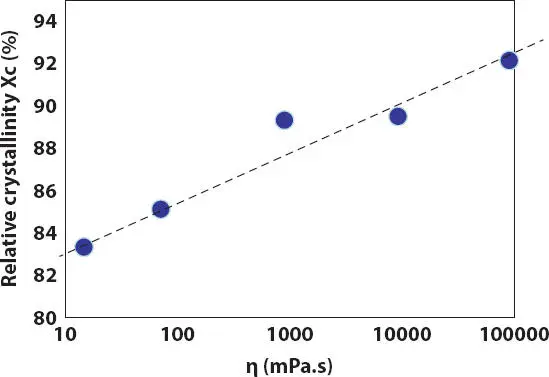
Figure 2.8 Effect of HPIB oil viscosity on the relative crystallinity X cduring cooling.
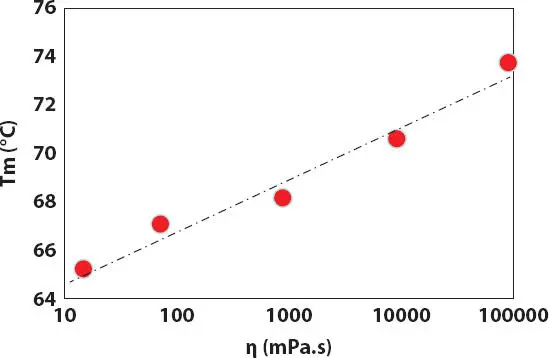
Figure 2.9 Effect of HPIB oil viscosity on the melting peak temperature Tm of 15% PE wax.
The SEM micrographs for the wax- HPIB oil systems reveal that the crystal size of PE wax reduces when oil viscosity increases ( Figure 2.11). Low viscosity of HPIB (ɳ = 15 mPa.s) creates large wax crystals (sample a) while high viscosity HPIB (ɳ = 8.9x10 4mPa.s) creates small crystals (sample b). Depending on the oil blend viscosity, different wax crystal sizes and densities are observed. The sample cis wax structure crystallized in 3 to 1 ratio of low to high HPIB oil viscosity, having large crystal size and more contact points than sample a. Therefore, the sample chas harder structure compared to sample a, and even the relative crystallinity is a little lower as seen in Figure 2.10. Sample eis a wax structure crystallized in 1 to 3 ratio of low to high oil viscosity, having a smaller crystal size and higher hardness than sample d. Thus, the reduction of crystal size will increase the contact points of each crystal, enhancing the strength of lipstick [16]. For the wax crystal sample d(in the blend of 1 to 1 ratio of low and high viscosity HPIB), the crystal size is largest and open cell, which contributes to the weaker structure. Therefore, the hardness of the lipsticks is influenced by the densities, sizes, shapes and contact points of wax crystals as reported for wax-oil gels [10, 19, 29, 36, 38].
Читать дальше
